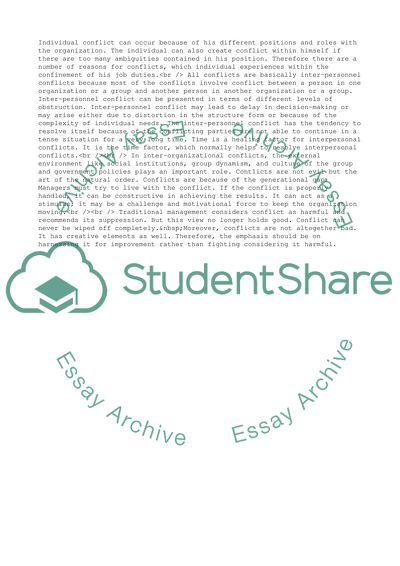Cite this document
(The Main Approaches to Conflict Management Research Paper, n.d.)
The Main Approaches to Conflict Management Research Paper. Retrieved from https://studentshare.org/management/1715076-this-is-a-report-write-a-report-highlighting-the-main-approaches-to-conflict-management-and-analyse-their-effectivness-in-light-of-the-theory
The Main Approaches to Conflict Management Research Paper. Retrieved from https://studentshare.org/management/1715076-this-is-a-report-write-a-report-highlighting-the-main-approaches-to-conflict-management-and-analyse-their-effectivness-in-light-of-the-theory
(The Main Approaches to Conflict Management Research Paper)
The Main Approaches to Conflict Management Research Paper. https://studentshare.org/management/1715076-this-is-a-report-write-a-report-highlighting-the-main-approaches-to-conflict-management-and-analyse-their-effectivness-in-light-of-the-theory.
The Main Approaches to Conflict Management Research Paper. https://studentshare.org/management/1715076-this-is-a-report-write-a-report-highlighting-the-main-approaches-to-conflict-management-and-analyse-their-effectivness-in-light-of-the-theory.
“The Main Approaches to Conflict Management Research Paper”, n.d. https://studentshare.org/management/1715076-this-is-a-report-write-a-report-highlighting-the-main-approaches-to-conflict-management-and-analyse-their-effectivness-in-light-of-the-theory.


